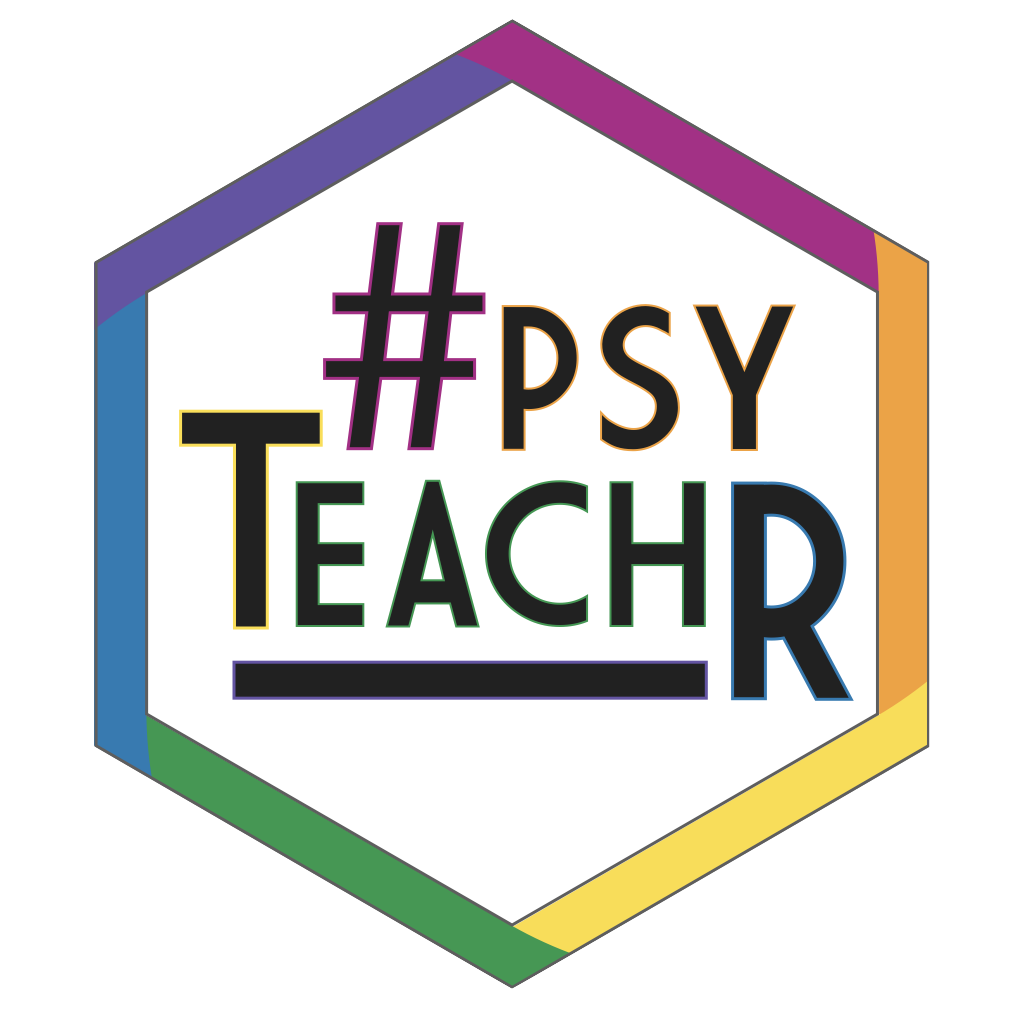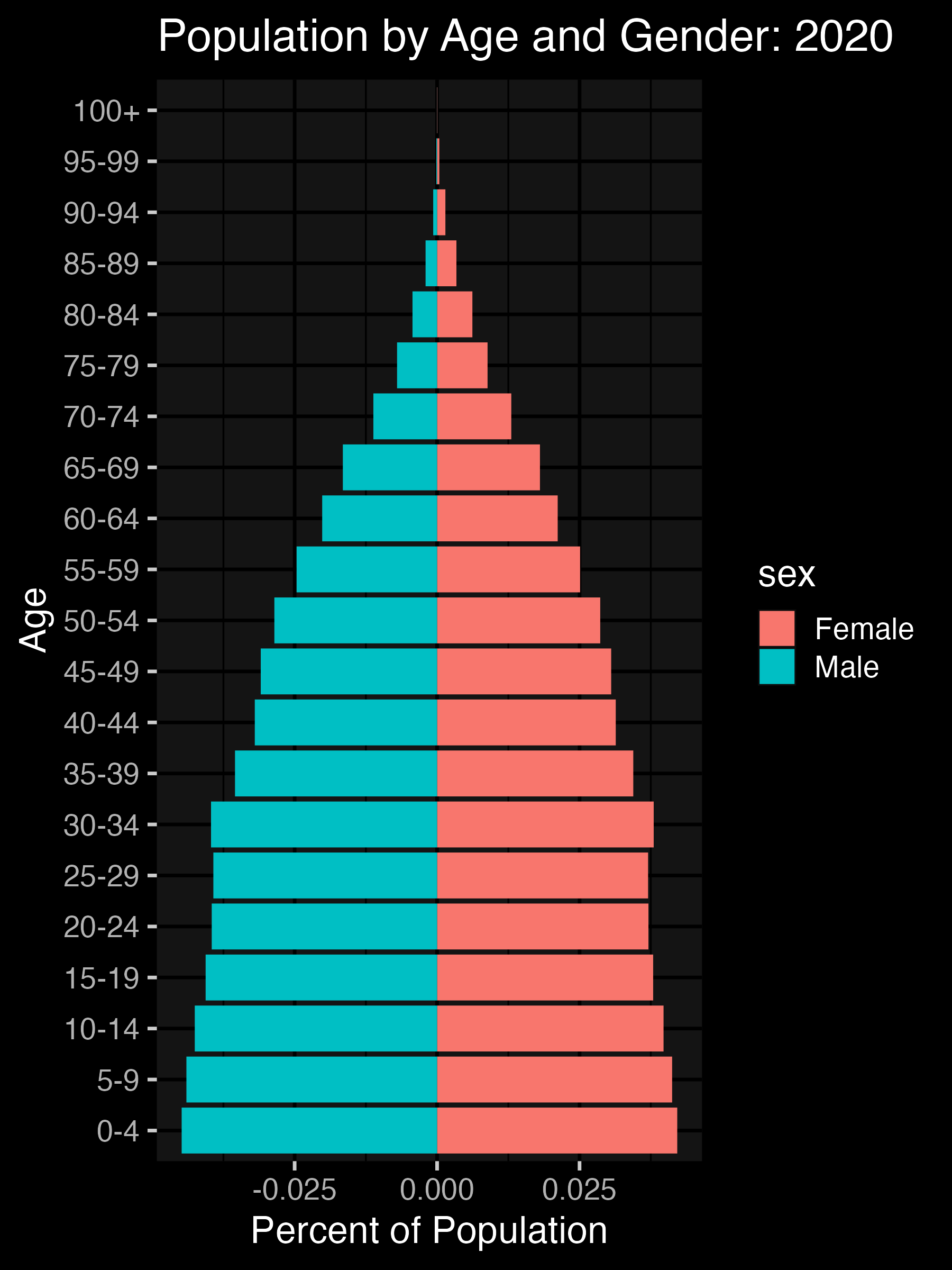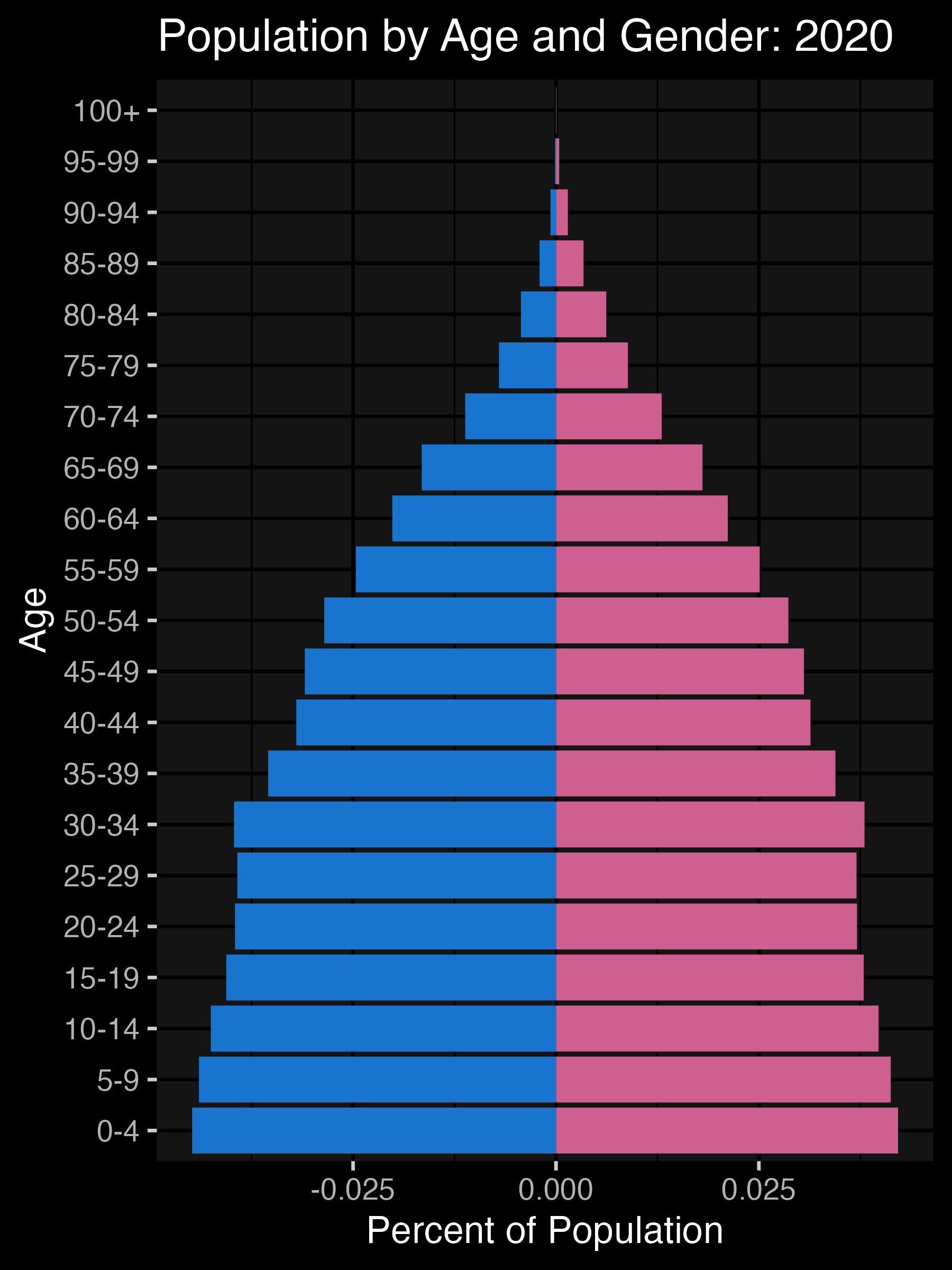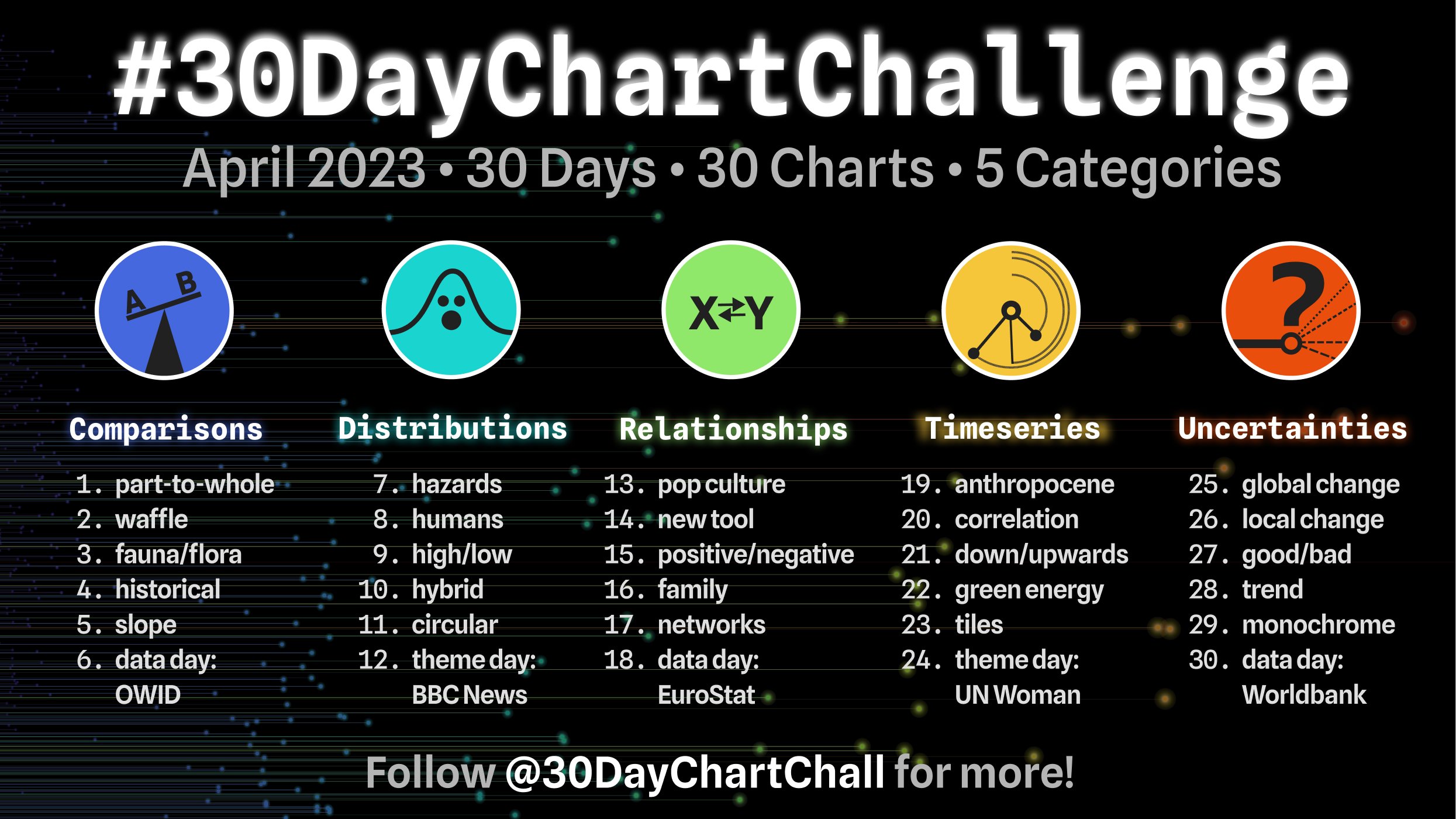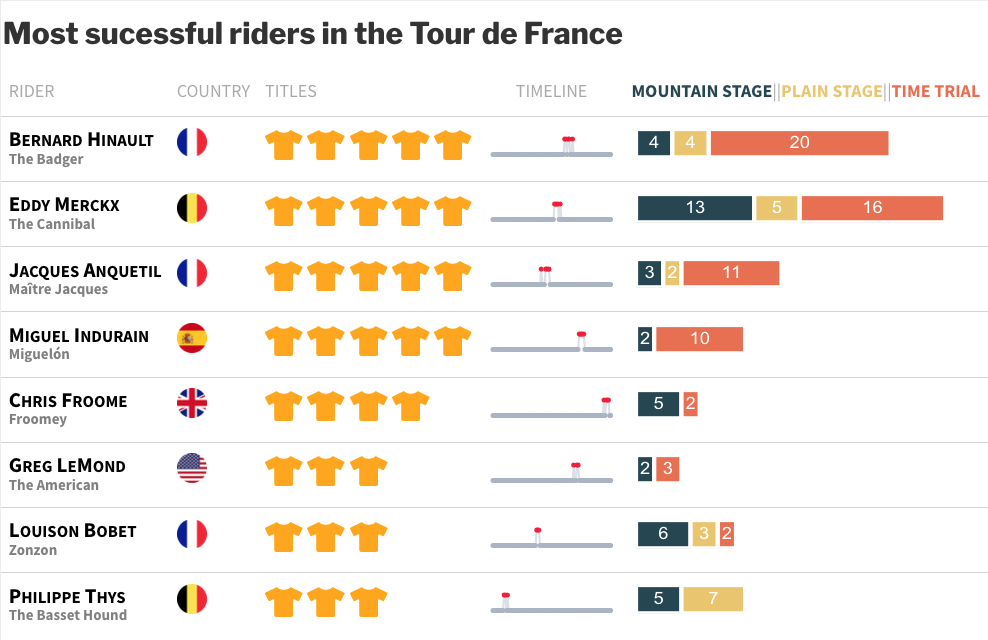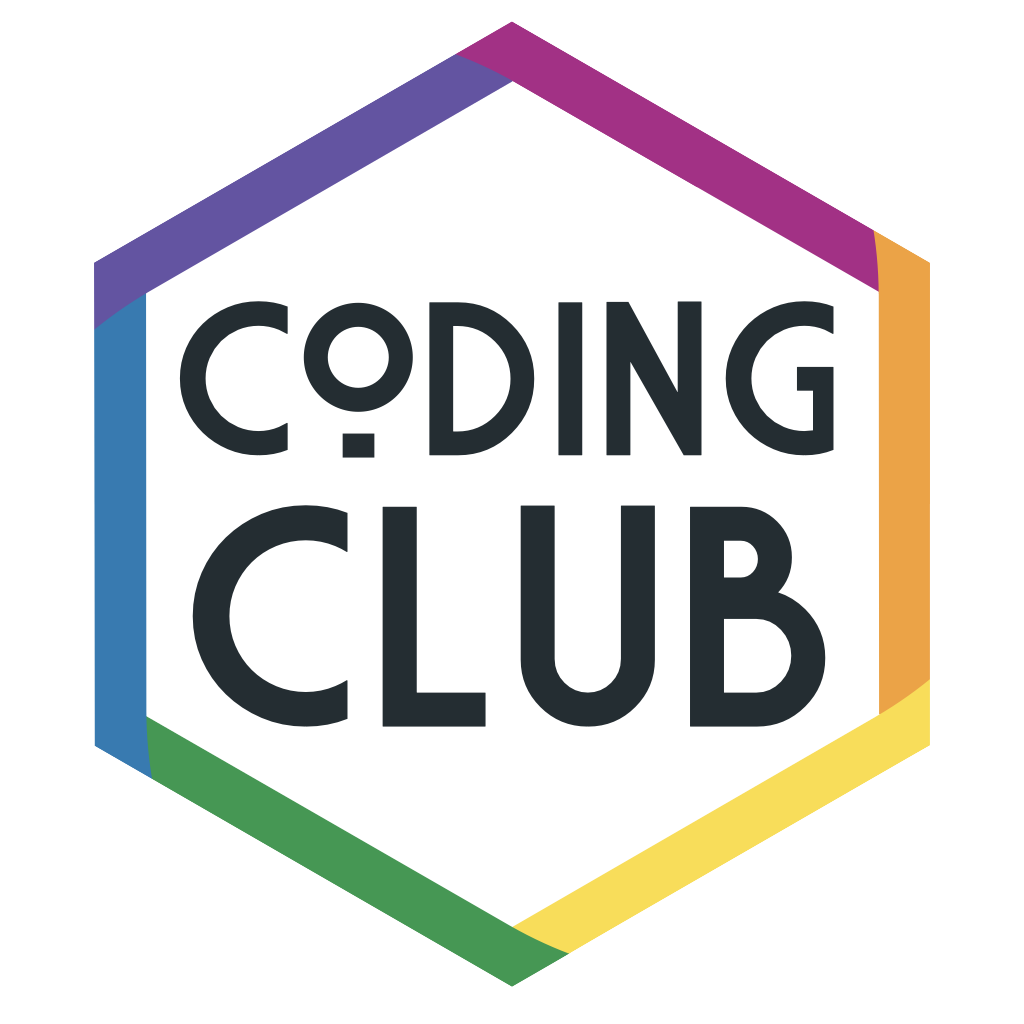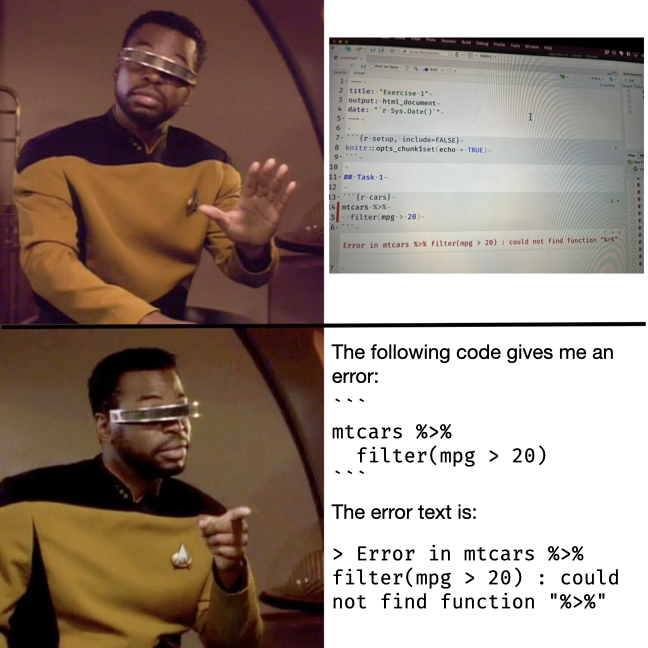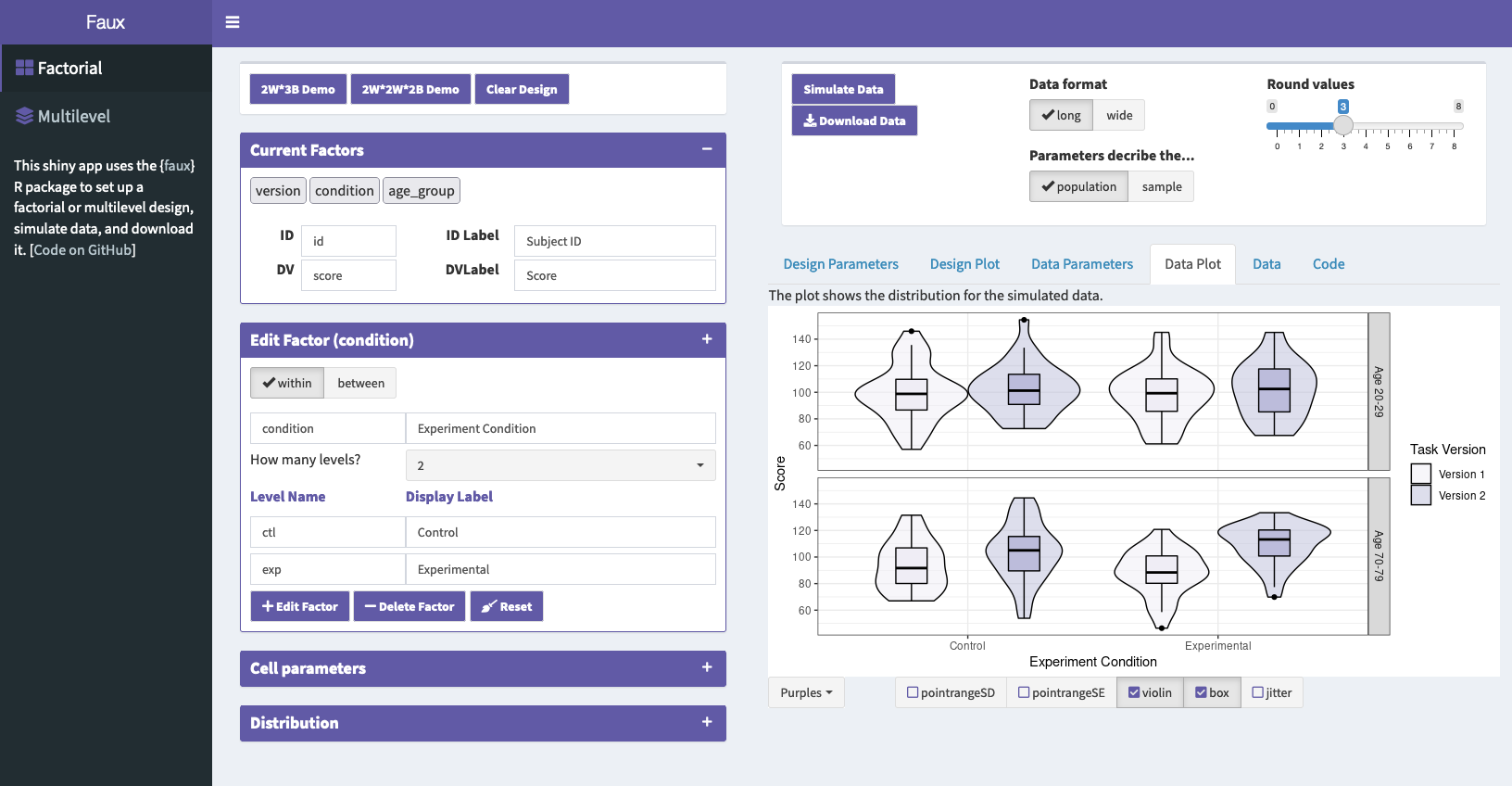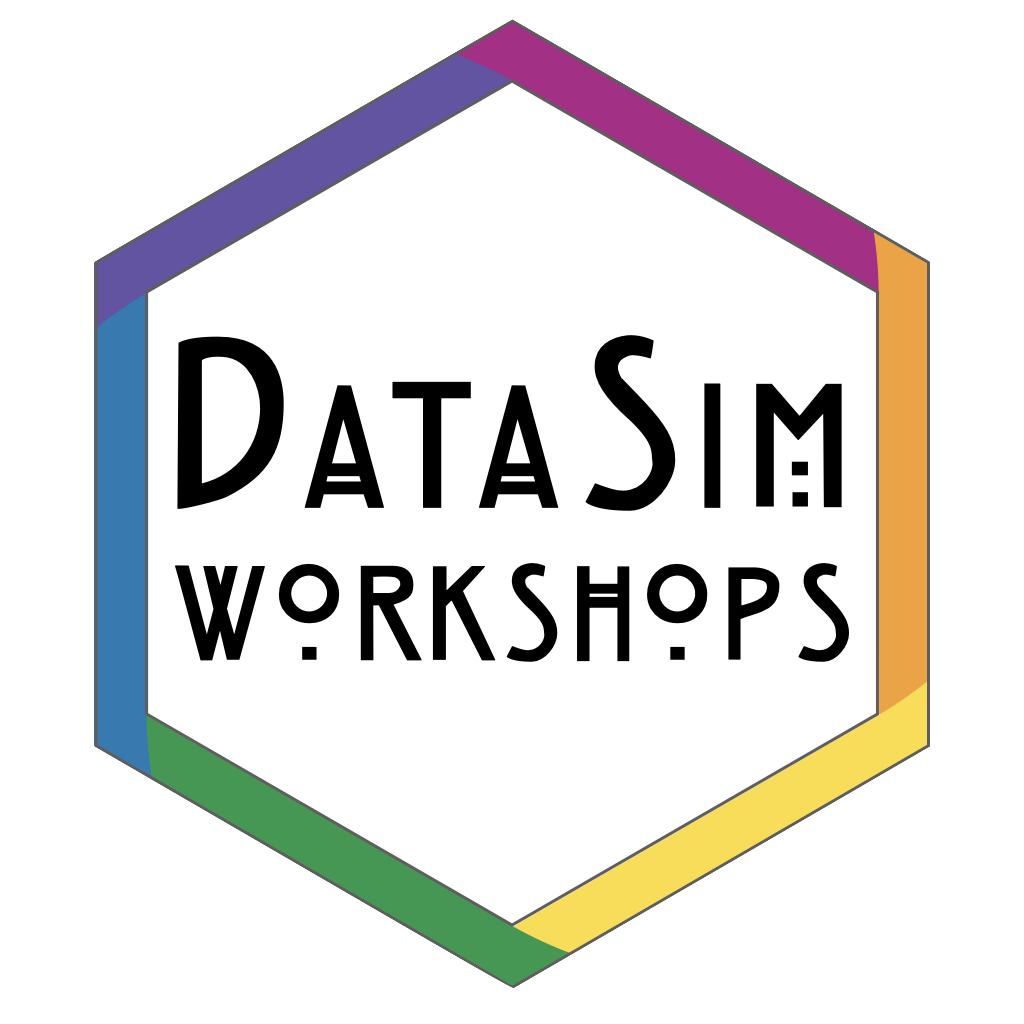| Location | Sex | Age | 1950 | 1955 | 1960 | 1965 | 1970 | 1975 | 1980 | 1985 | 1990 | 1995 | 2000 | 2005 | 2010 | 2015 | 2020 | 2025 | 2030 | 2035 | 2040 | 2045 | 2050 | 2055 | 2060 | 2065 | 2070 | 2075 | 2080 | 2085 | 2090 | 2095 | 2100 |
|---|---|---|---|---|---|---|---|---|---|---|---|---|---|---|---|---|---|---|---|---|---|---|---|---|---|---|---|---|---|---|---|---|---|
| More developed regions | Both sexes combined | 0-4 | 82893 | 87593 | 89475 | 87953 | 82992 | 81473 | 78083 | 78191 | 77564 | 71194 | 65679 | 65933 | 69648 | 69387 | 67495 | 65329 | 63693 | 62957 | 63263 | 63749 | 63609 | 62818 | 61897 | 61280 | 61143 | 61301 | 61426 | 61290 | 60905 | 60494 | 60264 |
| More developed regions | Female | 0-4 | 40614 | 42827 | 43734 | 42969 | 40569 | 39787 | 38068 | 38175 | 37841 | 34704 | 32011 | 32135 | 33942 | 33801 | 32889 | 31839 | 31043 | 30683 | 30831 | 31066 | 30997 | 30613 | 30166 | 29867 | 29800 | 29877 | 29938 | 29873 | 29686 | 29487 | 29376 |
| More developed regions | Male | 0-4 | 42279 | 44766 | 45740 | 44984 | 42423 | 41686 | 40015 | 40016 | 39723 | 36490 | 33667 | 33797 | 35706 | 35586 | 34606 | 33490 | 32650 | 32274 | 32432 | 32683 | 32611 | 32205 | 31731 | 31414 | 31343 | 31424 | 31488 | 31417 | 31219 | 31007 | 30888 |
| Less developed regions | Both sexes combined | 0-4 | 255604 | 319584 | 344533 | 391350 | 441088 | 463037 | 469514 | 511937 | 565990 | 548648 | 549987 | 561305 | 582366 | 601287 | 610447 | 611590 | 613750 | 618254 | 622382 | 625782 | 626567 | 625214 | 621668 | 617656 | 612496 | 606880 | 600527 | 592475 | 583450 | 573573 | 563352 |
| Less developed regions | Female | 0-4 | 125463 | 156409 | 168668 | 191349 | 216219 | 226435 | 229366 | 249556 | 275064 | 265413 | 265513 | 270549 | 280889 | 290626 | 295620 | 296746 | 298526 | 301376 | 303650 | 305531 | 305977 | 305360 | 303662 | 301729 | 299227 | 296489 | 293381 | 289435 | 285012 | 280171 | 275160 |
| Less developed regions | Male | 0-4 | 130141 | 163175 | 175866 | 200001 | 224870 | 236603 | 240149 | 262381 | 290926 | 283235 | 284474 | 290757 | 301478 | 310661 | 314827 | 314844 | 315224 | 316878 | 318732 | 320251 | 320590 | 319854 | 318006 | 315928 | 313269 | 310390 | 307147 | 303040 | 298438 | 293402 | 288193 |
Why Code?
https://debruine.github.io/why-code
Abstract
Research transparency and integrity benefit greatly from computationally reproducible code, but the barriers to learning the required skills can seem overwhelming. In this talk, I will summarise the benefits of using code to process and analyse data, give some practical tips for developing your skills, demonstrate how data simulation can improve your research, and discuss the benefits of code review.
Why Use Code?
Plots!

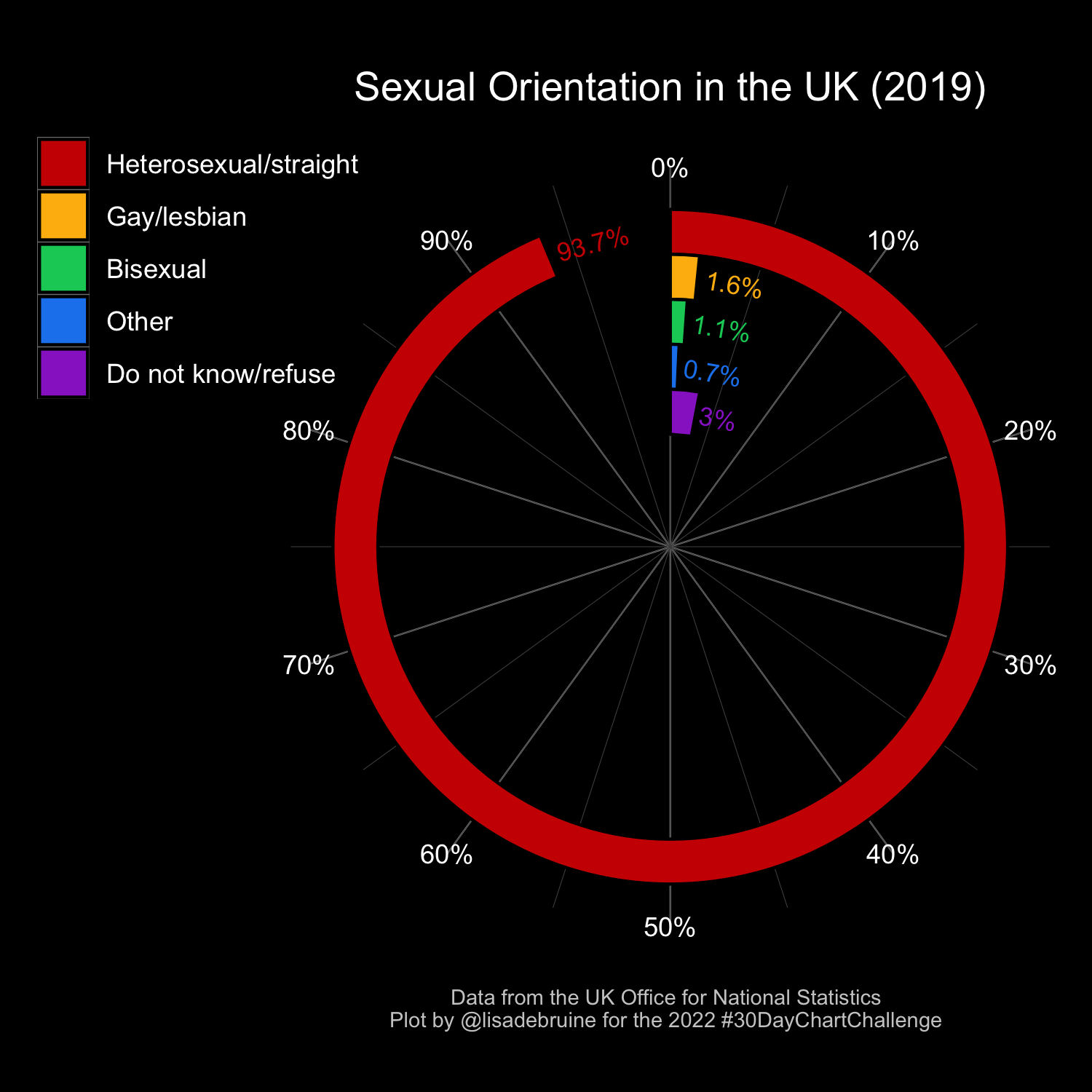
UN Population Data
UN Population Data: 2020
| sex | year | age | pop | pcnt |
|---|---|---|---|---|
| Female | 2020 | 0-4 | 328509 | 4.21% |
| Female | 2020 | 5-9 | 321512 | 4.12% |
| Female | 2020 | 10-14 | 309770 | 3.97% |
| Female | 2020 | 15-19 | 295553 | 3.79% |
| Female | 2020 | 20-24 | 289101 | 3.71% |
| Female | 2020 | 25-29 | 288633 | 3.70% |
| Female | 2020 | 30-34 | 296294 | 3.80% |
| Female | 2020 | 35-39 | 268372 | 3.44% |
| Female | 2020 | 40-44 | 244400 | 3.14% |
| Female | 2020 | 45-49 | 238134 | 3.06% |
| Female | 2020 | 50-54 | 223163 | 2.86% |
| Female | 2020 | 55-59 | 195634 | 2.51% |
| Female | 2020 | 60-64 | 164961 | 2.12% |
| Female | 2020 | 65-69 | 140704 | 1.81% |
| sex | year | age | pop | pcnt |
|---|---|---|---|---|
| Female | 2020 | 70-74 | 101491 | 1.30% |
| Female | 2020 | 75-79 | 69027 | 0.89% |
| Female | 2020 | 80-84 | 48282 | 0.62% |
| Female | 2020 | 85-89 | 26429 | 0.34% |
| Female | 2020 | 90-94 | 11352 | 0.15% |
| Female | 2020 | 95-99 | 3056 | 0.04% |
| Female | 2020 | 100+ | 449 | 0.01% |
| Male | 2020 | 0-4 | 349433 | 4.48% |
| Male | 2020 | 5-9 | 342927 | 4.40% |
| Male | 2020 | 10-14 | 331497 | 4.25% |
| Male | 2020 | 15-19 | 316643 | 4.06% |
| Male | 2020 | 20-24 | 308287 | 3.96% |
| Male | 2020 | 25-29 | 306060 | 3.93% |
| Male | 2020 | 30-34 | 309237 | 3.97% |
| sex | year | age | pop | pcnt |
|---|---|---|---|---|
| Male | 2020 | 35-39 | 276447 | 3.55% |
| Male | 2020 | 40-44 | 249389 | 3.20% |
| Male | 2020 | 45-49 | 241233 | 3.09% |
| Male | 2020 | 50-54 | 222610 | 2.86% |
| Male | 2020 | 55-59 | 192215 | 2.47% |
| Male | 2020 | 60-64 | 157180 | 2.02% |
| Male | 2020 | 65-69 | 128939 | 1.65% |
| Male | 2020 | 70-74 | 87186 | 1.12% |
| Male | 2020 | 75-79 | 54755 | 0.70% |
| Male | 2020 | 80-84 | 33649 | 0.43% |
| Male | 2020 | 85-89 | 15757 | 0.20% |
| Male | 2020 | 90-94 | 5328 | 0.07% |
| Male | 2020 | 95-99 | 1078 | 0.01% |
| Male | 2020 | 100+ | 124 | 0.00% |
Set up plot
Add visualistion
Flip the x and y axes
Center the columns
Fix the titles
Remove legend
Customise colours
Customise the axes
ggplot(pop_data_2020, aes(age, pcnt2, fill = sex)) +
geom_col(show.legend = FALSE) +
coord_flip() +
labs(title = "Population by Age and Gender: 2020",
x = "Age", y = "Percent of Population") +
scale_fill_manual(
values = c("hotpink3", "dodgerblue3")) +
scale_y_continuous(
breaks = seq(-.04, .04, .01),
labels = abs(seq(-4, 4, 1)) |> paste0("%"))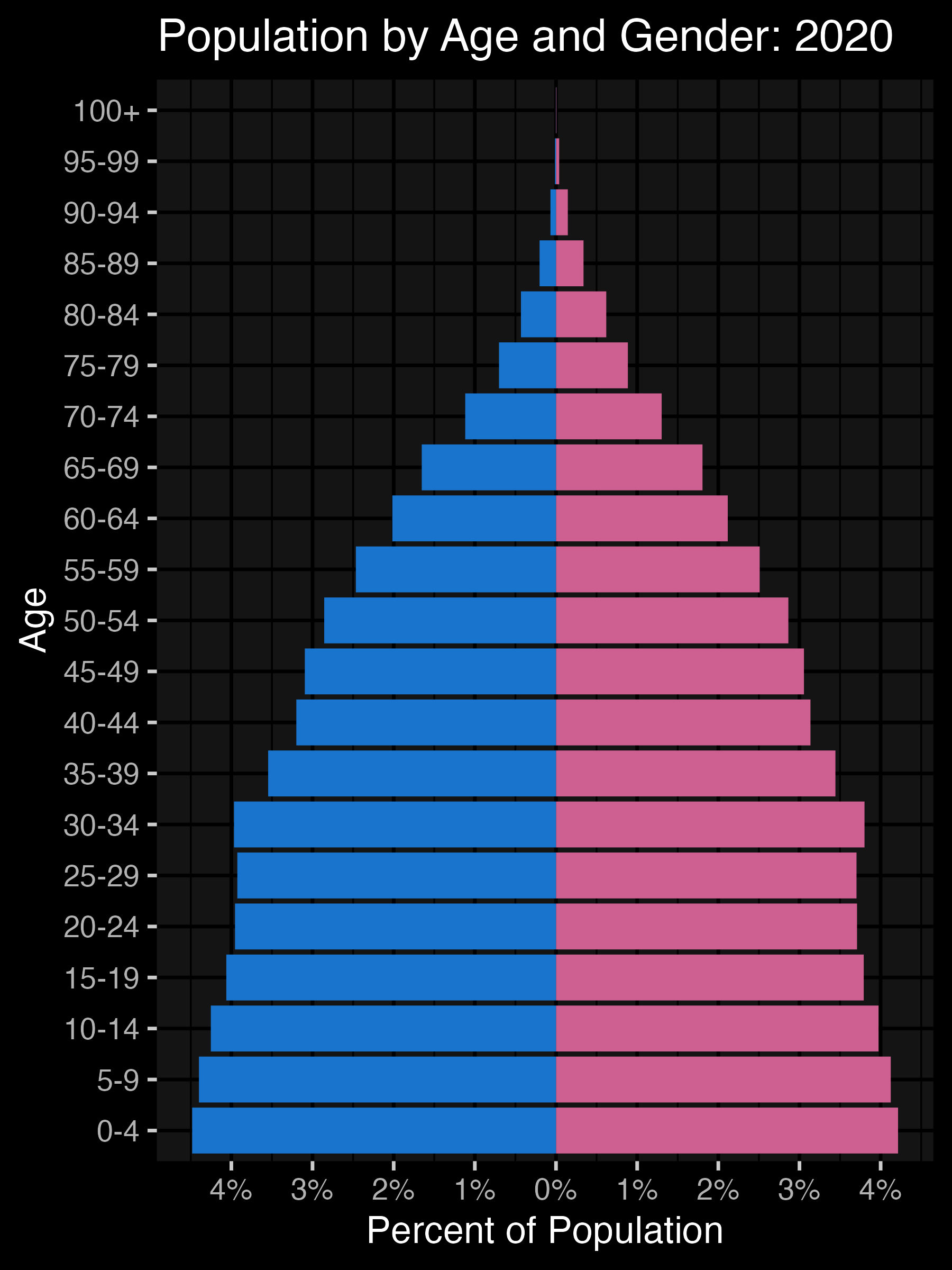
Add annotations
ggplot(pop_data_2020, aes(age, pcnt2, fill = sex)) +
geom_col(show.legend = FALSE) +
coord_flip() +
labs(title = "Population by Age and Gender: 2020",
x = "Age", y = "Percent of Population") +
scale_fill_manual(
values = c("hotpink3", "dodgerblue3")) +
scale_y_continuous(
breaks = seq(-.04, .04, .01),
labels = abs(seq(-4, 4, 1)) |> paste0("%")) +
annotate("text", label = "Female", size = 8,
color = "hotpink3", x = 20, y = .025) +
annotate("text", label = "Male", size = 8,
color = "dodgerblue3", x = 20, y = -.025)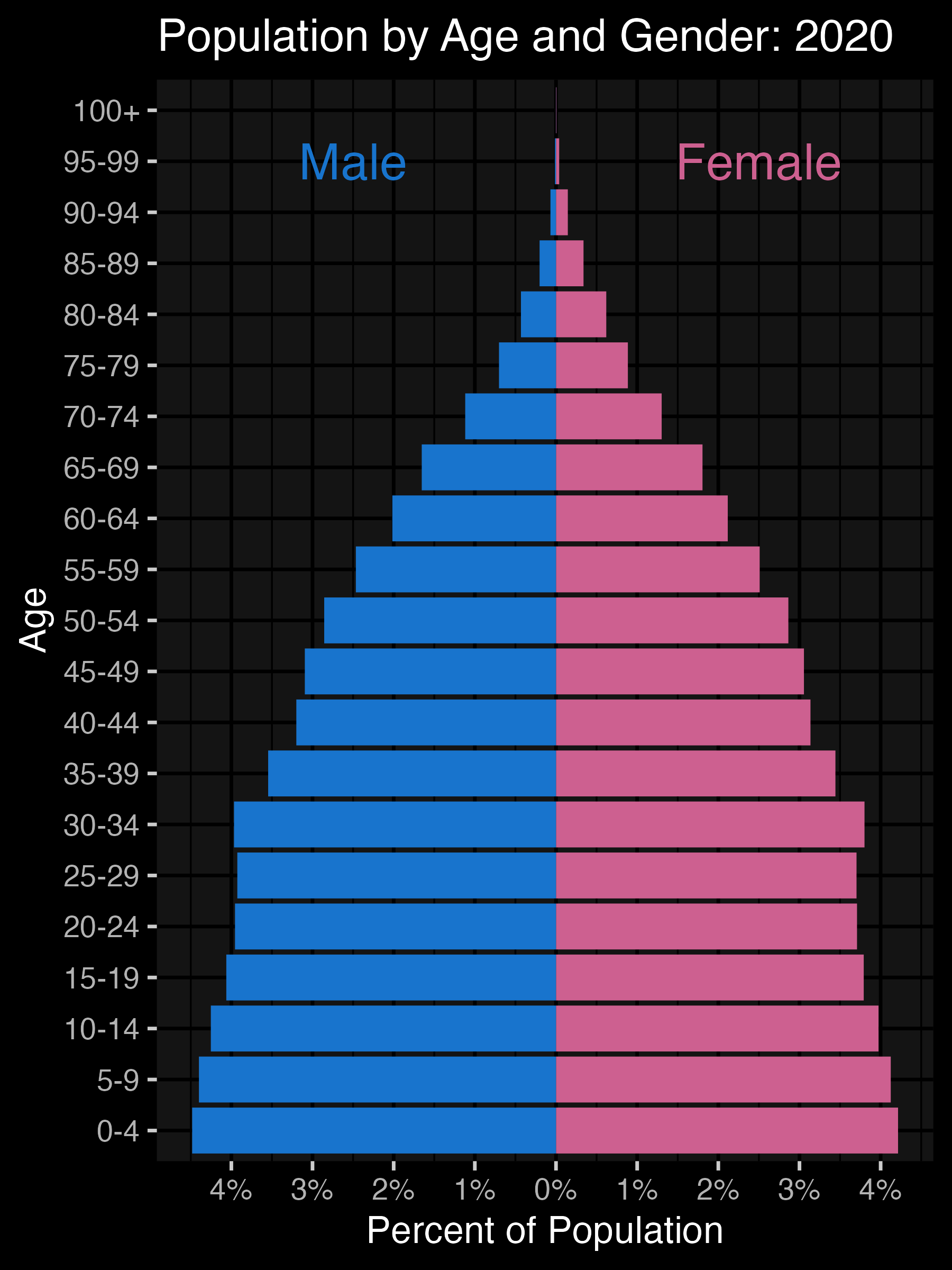
Animate
ggplot(pop_data, aes(age, pcnt2, fill = sex)) +
geom_col(show.legend = FALSE) +
coord_flip(ylim = c(-.08, .08)) +
labs(title = "Population by Age and Gender:
{floor(frame_time/5)*5}",
x = "Age", y = "Percent of Population") +
scale_fill_manual(
values = c("hotpink3", "dodgerblue3")) +
scale_y_continuous(
breaks = seq(-.08, .08, .02),
labels = abs(seq(-8, 8, 2)) |> paste0("%")) +
annotate("text", label = "Female", size = 8,
color = "hotpink3", x = 20, y = .05) +
annotate("text", label = "Male", size = 8,
color = "dodgerblue3", x = 20, y = -.05) +
gganimate::transition_time(year)
Reusability

Error Detection
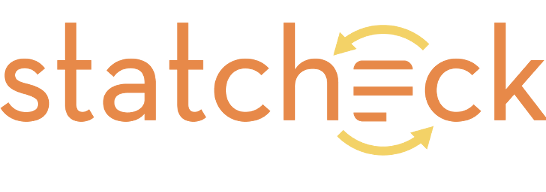
An analysis by Nuijten et al. (2016) of over 250K p-values reported in 8 major psych journals from 1985 to 2013 found that:
- half the papers had at least one inconsistent p-value
- 1/8 of papers had errors that could affect conclusions
- errors more likely to be erroneously significant than not
Computational Reproducibility
- Of 35 articles published in Cognition with usable data (but no code, Hardwicke et al. (2018) found:
- only 11 could be reproduced independently
- 11 were reproducible with the original authors’ help
- 13 were not reproducible even by the original authors
- Of 62 psych Registered Reports published from 2014–2018, 37 had analysis scripts, 31 could be run, and 21 reproduced all the main results (Obels et al, 2020)
Developing Skills
Top Tips
- Take a workshop in your area
- Practice regularly and meaningfully
- Embed R in your daily practice
- Do something fun!
PsyTeachR


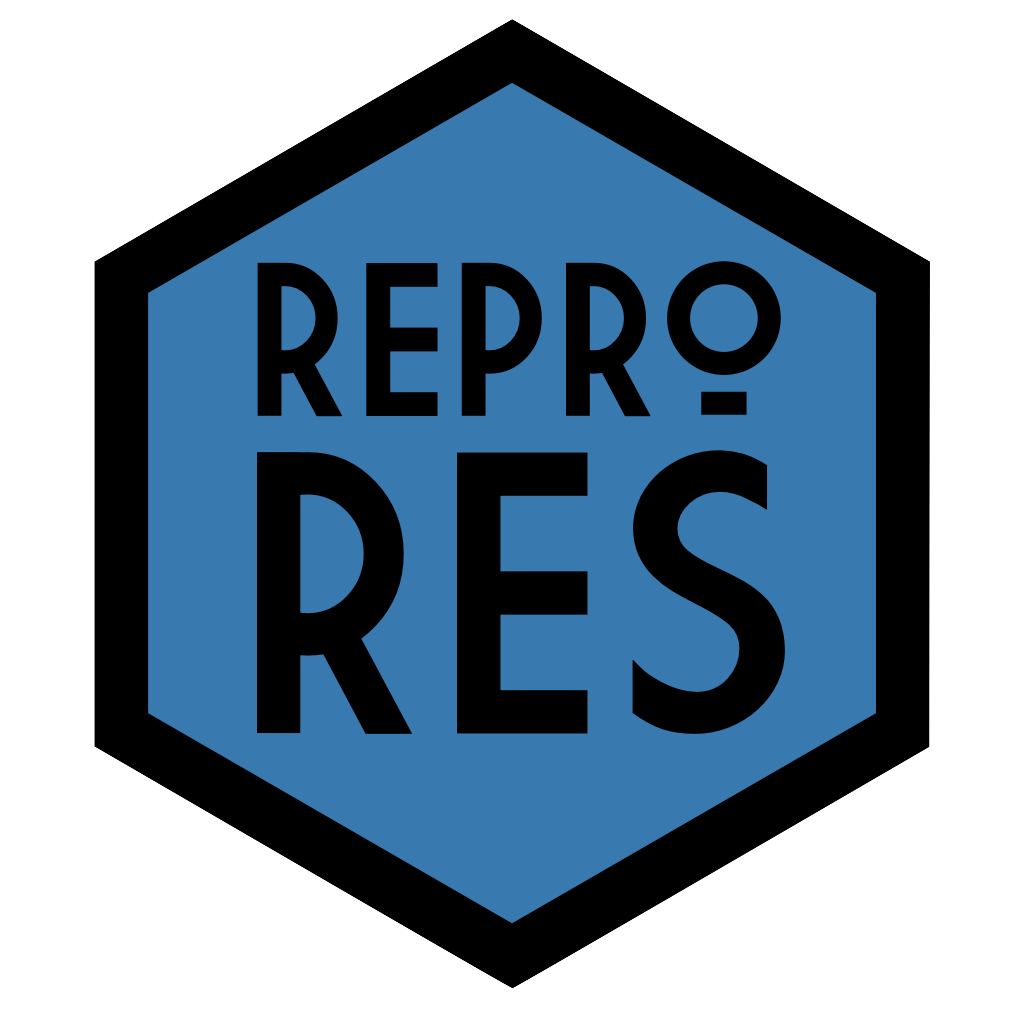
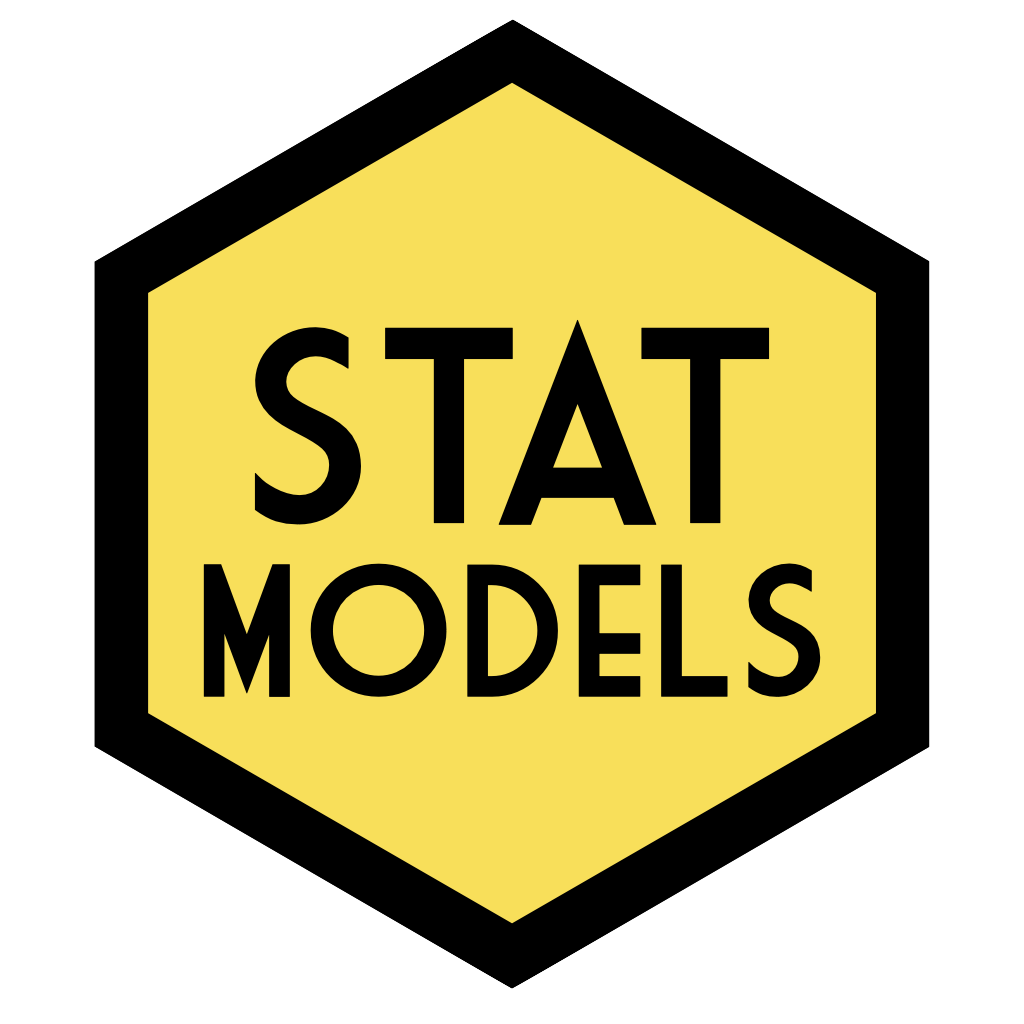
Online Communities
Art and Memes
RStats Musical Memes @rafa_moral
It’s R! 🌽 |
Dirtbag 👶 |
Data 😱 |
Data Simulation
Uses for Data Simulation
Being able to simulate data allows you to:
- prep analysis scripts for pre-registration
- calculate power and sensitivity for analyses that don’t have empirical methods
- create reproducible examples when your data are too big or confidential to share
- enhance your understanding of statistical concepts
- create demo data for teaching and tutorials
Faux
Faux Code
sim_data <- faux::sim_design(
within = list(version = c(V1 = "Version 1", V2 = "Version 2"),
condition = c(ctl = "Control", exp = "Experimental")),
between = list(age_group = c(young = "Age 20-29", old = "Age 70-79")),
n = 30,
mu = c(100, 100, 100, 100, 100, 90, 110, 110),
sd = 20,
r = 0.5,
dv = c(score = "Score"),
id = c(id = "Subject ID"),
vardesc = list(version = "Task Version",
condition = "Experiment Condition",
age_group = "Age Group"),
long = TRUE
)Faux Design Parameters
| age_group | version | condition | V1_ctl | V1_exp | V2_ctl | V2_exp | n | mu | sd |
|---|---|---|---|---|---|---|---|---|---|
| young | V1 | ctl | 1.0 | 0.5 | 0.5 | 0.5 | 30 | 100 | 20 |
| young | V1 | exp | 0.5 | 1.0 | 0.5 | 0.5 | 30 | 100 | 20 |
| young | V2 | ctl | 0.5 | 0.5 | 1.0 | 0.5 | 30 | 100 | 20 |
| young | V2 | exp | 0.5 | 0.5 | 0.5 | 1.0 | 30 | 100 | 20 |
| old | V1 | ctl | 1.0 | 0.5 | 0.5 | 0.5 | 30 | 100 | 20 |
| old | V1 | exp | 0.5 | 1.0 | 0.5 | 0.5 | 30 | 90 | 20 |
| old | V2 | ctl | 0.5 | 0.5 | 1.0 | 0.5 | 30 | 110 | 20 |
| old | V2 | exp | 0.5 | 0.5 | 0.5 | 1.0 | 30 | 110 | 20 |
Faux Design Plot

Faux Data Plot

Power Simulation: Replicate Data
sim_data <- faux::sim_design(
within = list(version = c(V1 = "Version 1", V2 = "Version 2"),
condition = c(ctl = "Control", exp = "Experimental")),
between = list(age_group = c(young = "Age 20-29", old = "Age 70-79")),
n = 30,
mu = c(100, 100, 100, 100, 100, 90, 110, 110),
sd = 20,
r = 0.5,
dv = c(score = "Score"),
id = c(id = "Subject ID"),
vardesc = list(version = "Task Version",
condition = "Experiment Condition",
age_group = "Age Group"),
long = TRUE,
rep = 100
)Power Simulation: Analysis Function
# setup options to avoid annoying afex message & run faster
afex::set_sum_contrasts()
afex::afex_options(include_aov = FALSE)
analysis <- function(data) {
a <- afex::aov_ez(
id = "id",
dv = "score",
between = "age_group",
within = c("version", "condition"),
data = data)
as_tibble(a$anova_table, rownames = "term") |>
rename(p = `Pr(>F)`)
}Power Simulation: Analysis Result
| term | num Df | den Df | MSE | F | ges | p |
|---|---|---|---|---|---|---|
| age_group | 1 | 58 | 845.2 | 0.50 | 0.005 | 0.480 |
| version | 1 | 58 | 215.9 | 28.56 | 0.069 | 0.000 |
| age_group:version | 1 | 58 | 215.9 | 14.90 | 0.037 | 0.000 |
| condition | 1 | 58 | 192.6 | 0.07 | 0.000 | 0.792 |
| age_group:condition | 1 | 58 | 192.6 | 4.89 | 0.011 | 0.031 |
| version:condition | 1 | 58 | 183.8 | 8.97 | 0.019 | 0.004 |
| age_group:version:condition | 1 | 58 | 183.8 | 0.30 | 0.001 | 0.587 |
Power Simulation
| term | power |
|---|---|
| age_group | 0.12 |
| age_group:condition | 0.30 |
| age_group:version | 0.99 |
| age_group:version:condition | 0.25 |
| condition | 0.25 |
| version | 0.97 |
| version:condition | 0.20 |
Further Resources
Code Review
Code & Data Sharing
- 3+ researchers of varying experience levels attempted to reproduce the results of the empirical articles in the April 2019 issue of Psychological Science (Crüwell et al, 2023)
- All 14 articles provided at least some data and 6 provided analysis code
- Only 1 article (with code) was exactly reproducible
- 3 (1 with code) were essentially reproducible with minor deviations
- Several articles had data access problems
Ease of Code Use
- All articles in volume 33 (2022) of Psychological Science
- A 4th year undergrad (Runcie, in prep) from Glasgow Psychology tried to run all open code within 10 minutes
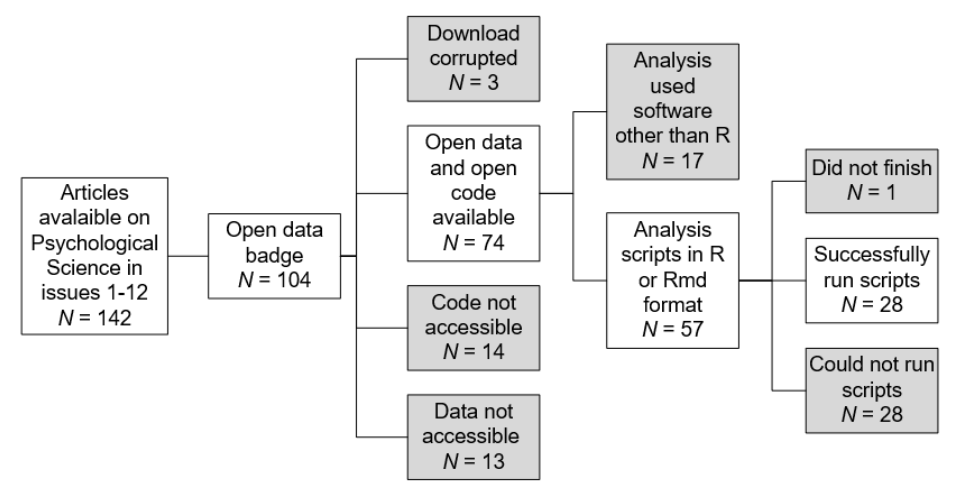
Goals of Code Review
The specific goals of any code review will depend on the stage in the research process at which it is being done, the expertise of the coder and reviewer, and the amount of time available.
Goals
- Does it run?
- Is it reproducible?
- Is it auditable and understandable?
- Does it follow best practices?
- Is it correct and appropriate?
Not Goals
- Debugging
- Code help
- Statistical help
Key Concepts
Coder Checklist
A review package should include:
- Any outputs that the reviewers should try to reproduce
- All data used to create the outputs to be reproduced
- All code necessary to recreate the outputs
- A main script that runs any subscripts in the relevant order
- A README file that describes the project; specifies credit and licensing
Reviewer Checklist
- Is there sufficient information to get started?
- Does it run? Do you need to edit anything?
- Is it reproducible? Did you get the same values for all outputs?
- Is it auditable and understandable? Is it set up so you can easily find code for outputs?
- Does it follow best practices? E.g., literate coding, SPOT, DRY
- Is it correct and appropriate? (if you have relevant expertise)
Thank You!
https://debruine.github.io/why-code (code)
